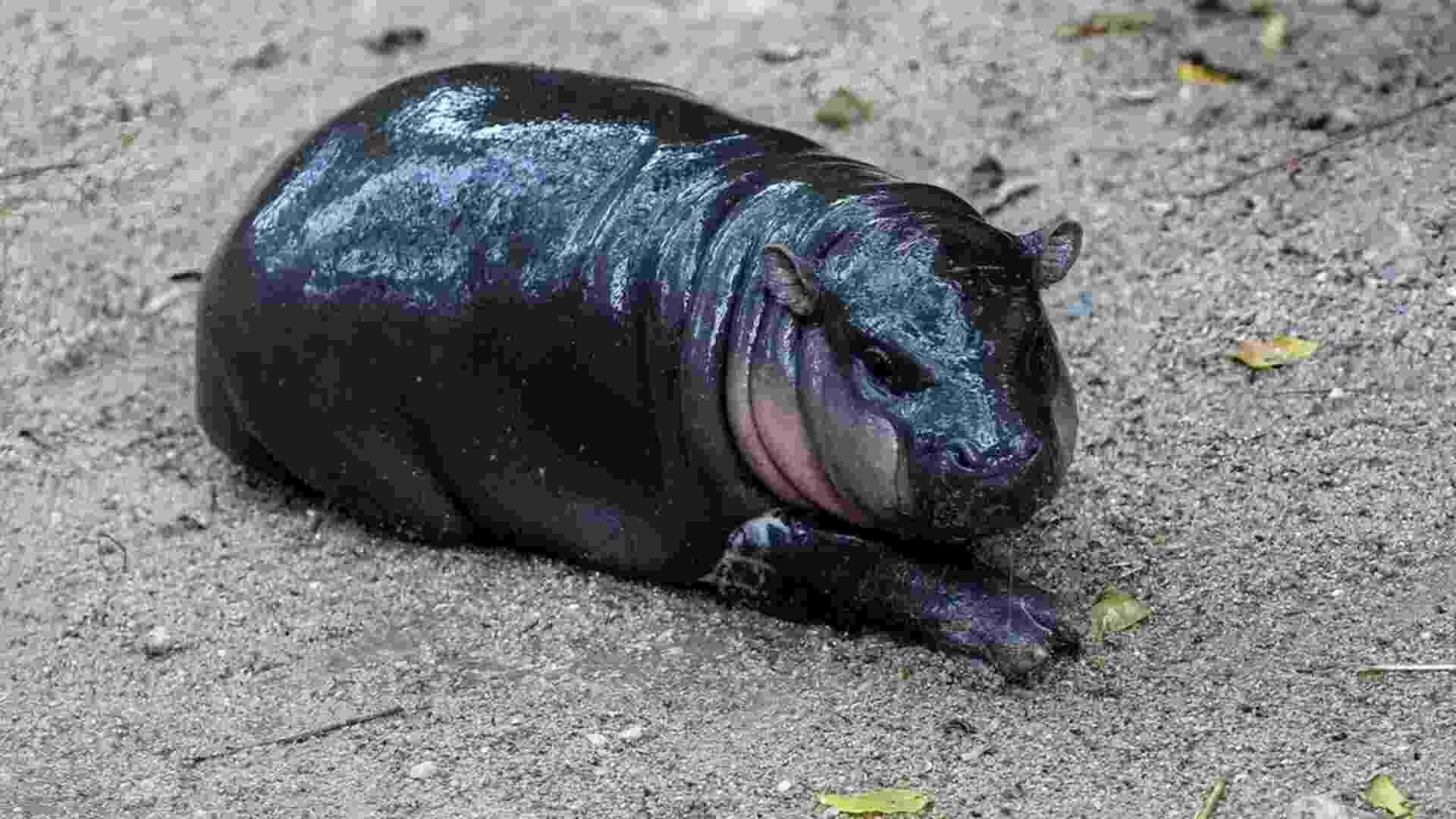
Aquarium enthusiasts in China were left astounded when they discovered that a much-anticipated giant whale shark on display at Xiaomeisha Sea World in Shenzhen was actually a robot. The park, which reopened on October 1 after a five-year renovation, attracted approximately 100,000 visitors during its week-long trial period, with each ticket costing £30.
Much to their dismay, guests learned that the magnificent shark gracefully swimming in the large tank was a manmade imitation. Many disappointed visitors demanded refunds, while others took to social media to criticize the marine park. One visitor expressed frustration, stating, “The venue is not large enough, and even the whale shark is artificial.” Reports indicated that by 3 PM, crowds were already requesting refunds.
In defense, the Sea World explained that it invested millions of Chinese yuan to create the robotic shark in compliance with Chinese laws prohibiting the trade of whale sharks. In 2019, China banned shark finning and the intentional capture of sharks in open waters. The park insisted that its intent was never to deceive visitors. A Chinese social media user remarked, “Even though it’s for the sake of animal protection, I’d rather they didn’t have one at all than show a fake one.”
A company in Shenyang announced in August that it had developed the world’s first intelligent robotic whale shark capable of swimming, floating, diving, and opening and closing its mouth. The nearly five-meter-long, 350-kilogram bionic shark can be operated remotely and features program-controlled swimming and multi-joint bionic propulsion, allowing it to swim at a maximum speed of 0.7 meters per second and dive up to 20 meters deep.
This incident follows past occurrences where Chinese zoos have painted dogs to resemble pandas. Earlier this year, visitors at the Shanwei Zoo in Guangdong province were confused when “pandas” began panting and barking, leading to the revelation that they were actually dogs. Another zoo in Jiangsu province charged £2.22 for an exhibition featuring “panda dogs.”















